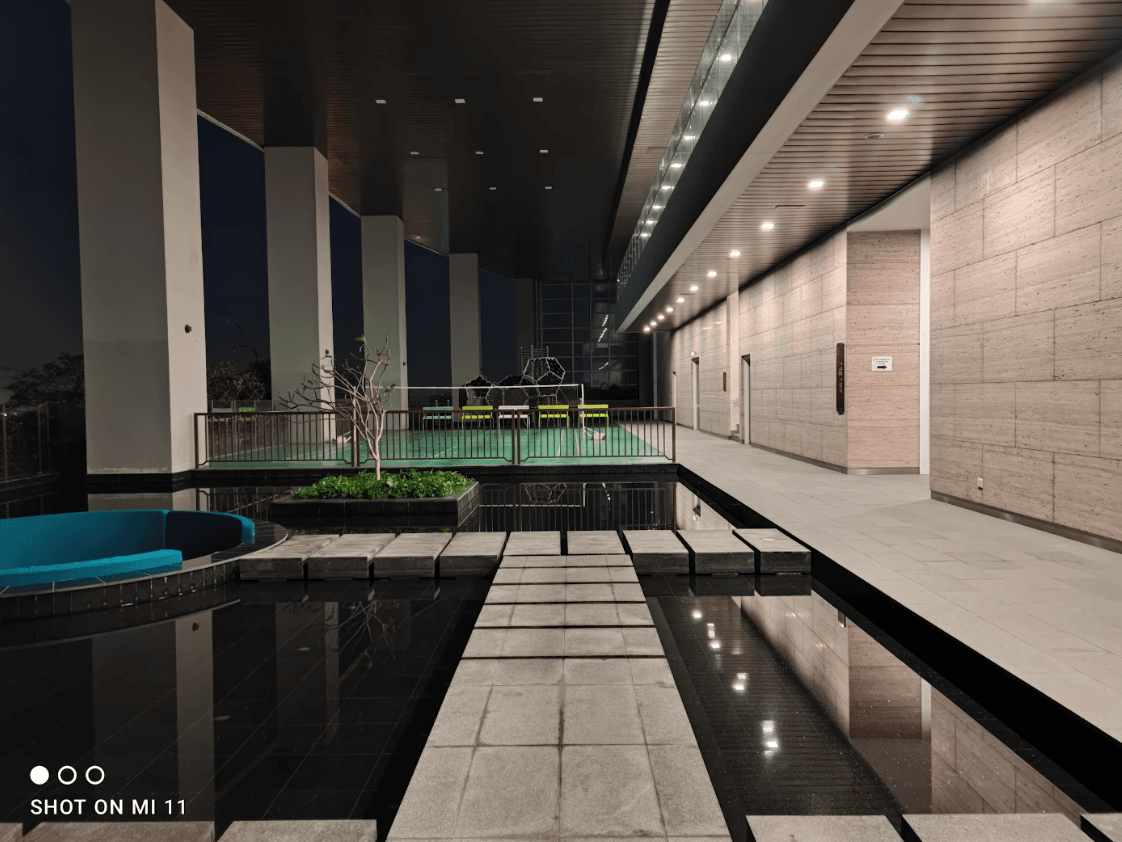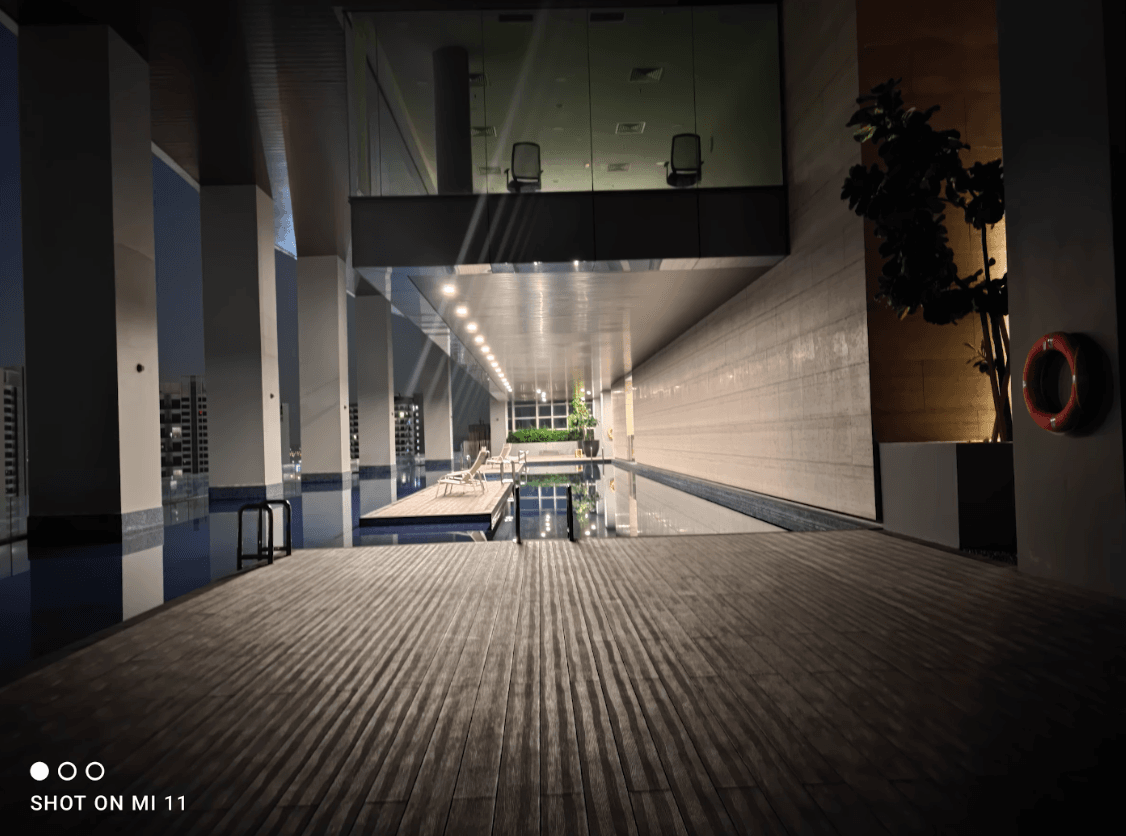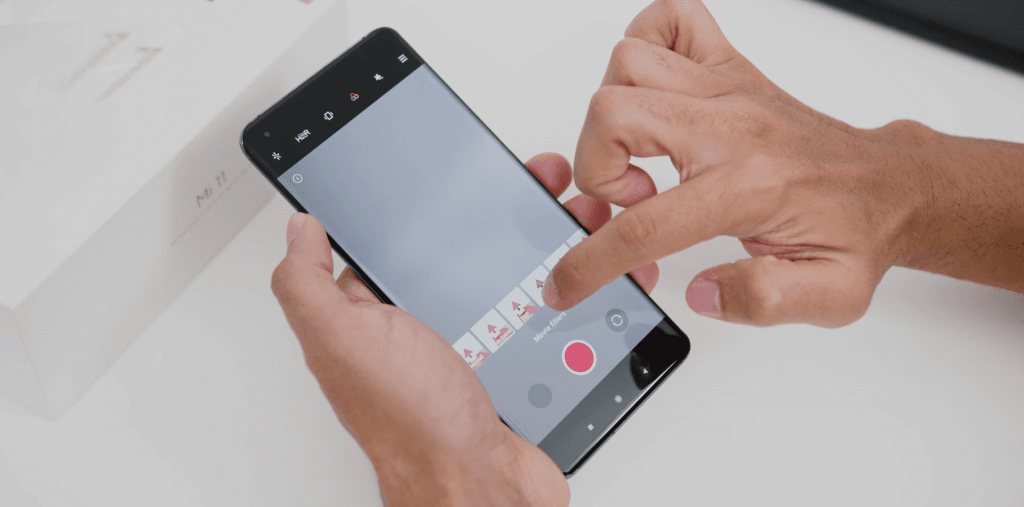Who is Samsung’s biggest mobile competitor? The first name that comes to mind is Apple, of course. But most of us don’t switch our OS’s between iOS and Android as often, since we as humans like sticking to our comfort zones. So who do you think it is?
1. Samsung
2. HUAWEI
3. Xiaomi
Here’s the review of the latest Xiaomi phone – the Mi 11 after using it for over 20 days now.
[embedyt] https://www.youtube.com/watch?v=wP2VDgKOrgQ[/embedyt]
Specifications
The Xiaomi Mi 11 comes with the Snapdragon 888 Chipset, with the Adreno 660 GPU and the variant tested is the 8GB of RAM and 128GB of storage, comes shipped with Android 11, with the brand new MI UI 12.
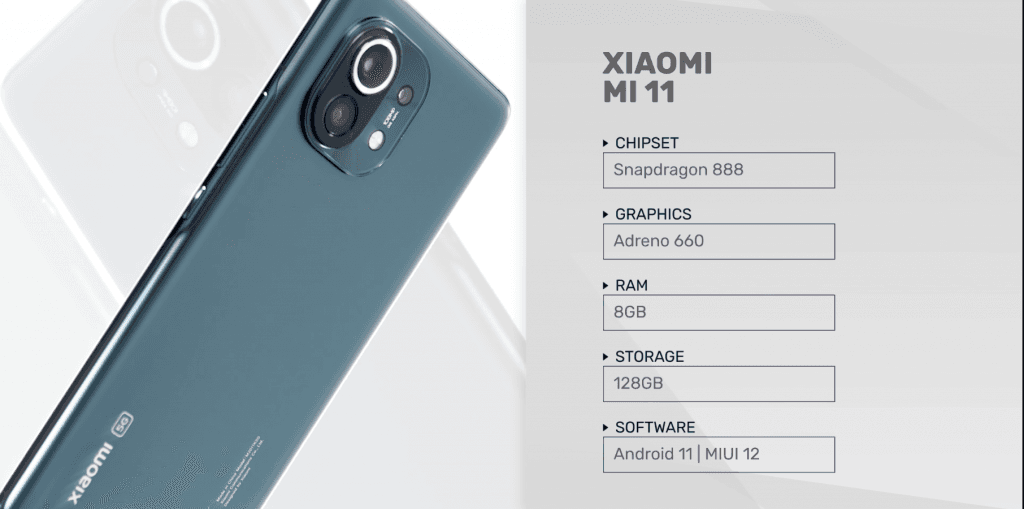
Build Quality
The phone felt great to be used as a daily driver weighing at 196 grams with the Corning Gorilla Glass Victus on the front. One thing for sure, I really loved the matte anti-glare frosted glass-smooth finish which is slowly becoming the current trend on premium flagship smartphones. During my first impressions, I was worried if whether that smooth glass finish at the back might make the phone feel slippery but when I was using the phone daily, it wasn’t an issue at all and while some had mixed feelings about the camera array’s design and the camera bump, i didn’t find any problems with that too.
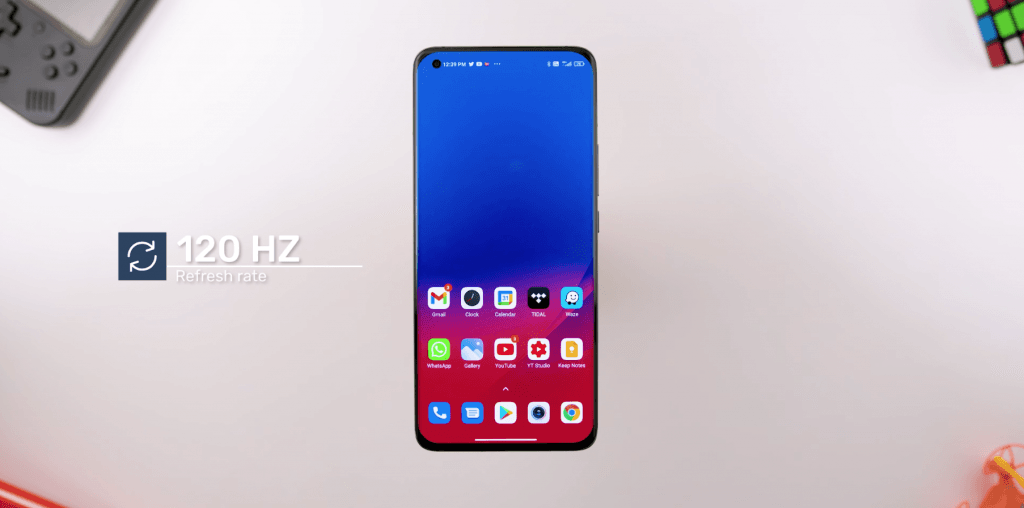
Display
The phone comes with a 6.81-inch AMOLED display, with a resolution of 3,200 x 1,440 pixels WQHD+ with a refresh rate of 120Hz. I really do enjoy the 1,500 nits of peak brightness, where when I was outdoors during the day, there wasn’t a point of time that I felt like I had issues with the screen’s clarity.
Using the phone daily, just felt great due to its 10-bit screen quality and colour accurate 100% DCI P3 Wide colour gamut screen not only when it comes to daily tasks like social media browsing but also when watching videos as well both of YouTube and Netflix where the screen has set 13 new records and received an A+ rating from DisplayMate.
Cameras
Looking at the camera’s specs, the main lens is a massive 108MP; F 1.85 aperture, a 13MP; F 2.4 ultra-wide lens and a 5MP; F 2.4 macro lens. Then as for the front camera, it has a 20MP; F 2.2 lens.
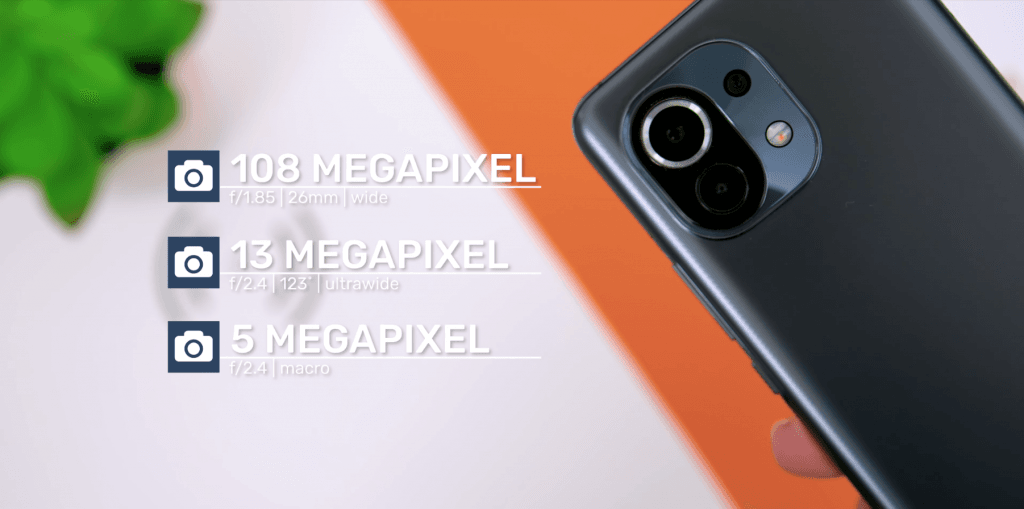 Starting from the high 108-megapixel mode, it was great with an amazing amount of detail to really zoom in and crop accordingly but of course since the phone does not come with a micro SD card expansion I would use this mode sparingly to save.
Starting from the high 108-megapixel mode, it was great with an amazing amount of detail to really zoom in and crop accordingly but of course since the phone does not come with a micro SD card expansion I would use this mode sparingly to save.
The ultra-wide lens angle shots for Xiaomi phones is still my favourite, especially on their flagship phones, to get some great focal length without any amount of barrel distortion on the edges. The main camera lens has the same great consistency as the ultra-wide lens, where there is no sort of colour shift between both lenses which some phone tend to suffer from, so the overall photos do look flagship-level with great image processing and really good dynamic range as well.
While a lot of people find macro lenses to be redundant, Xiaomi keeps perfecting it with a better focus to get those close up shots where some phones who put the macro lens in there either have focus issues or a super weird colour temperature issues, but it was very consistent in the Mi 11. And the consistency for the Night Mode shots was always there for Xiaomi flagships, where it had one of the best balance of highlight and shadow as well.
As for the front camera photos, the regular selfie shots were great with no softness issues like how several generation smartphones were, where I found a huge improvement is the selfie portrait mode shots in which the subject to background blur was really impressive.
For videos, it records up to a massive 8K 7680 x 4320 at 30fps which were nice compared to only 24fps. We all have to admit that the world of camera smartphones are not fully ready for 8K but it’s nice to see that Xiaomi keeps getting better with the overall footage on a stable image but still not as good as their 4K recording where the stabilization has vastly improved.
The 4K video recording was quite exceptional at night as well, since there is the Ultra Night Video which has great AI noise reduction to get a clean video image and the there is HDR10+ video recording as well. While the front video footage is great and very stable too, it can only still record up to 1080p instead of 4K, which I did find a bit disappointing. One thing that Xiaomi really highlighted for their video recording is the cinematic filters. There are eight preset filters to choose from to give you a very cinema-like or movie magic colour grade if you are into that.
Then there are One Click AI Cinema features to give you instant cinematic video shots like :-
- Freeze Time
- Magic Zoom
- Slow Shutter
- Night Time Lapse
- Freeze Frame Video
- Parallel World
This clearly shows how serious Xiaomi is when it comes to really bring forward on their video recording on their flagship smartphones.
Software
In terms of the software, it is upgradable to the latest Mi UI version 12.0.4 and using the phone daily had no issues at all, gone are the days of having ads popping up for no reason. The overall snappiness of the phone felt really good when multitasking and navigating as not only the high refresh rate played a huge role in this but the massive 480Hz touch sampling rate made the phone feel like it was a sports car!
Battery Life
The phone comes with 4,600 mAh of battery, and once again, Xiaomi proves that size DOES NOT matter as I got an average of 5 hours and 3 minutes of screen on time when I was at 10% battery with dark mode turned on and the high WQHD+ resolution and the 120Hz refresh rate, which was awesome!
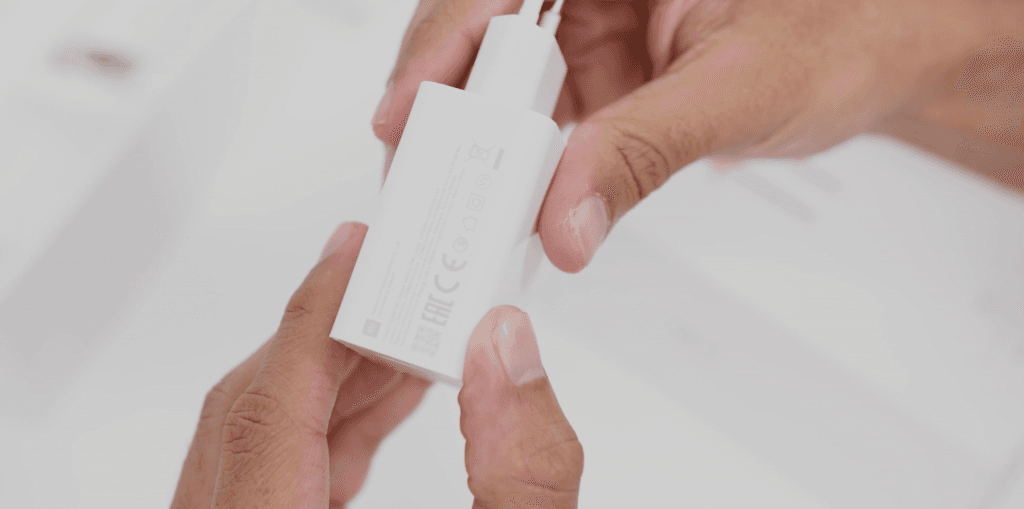 I also do really appreciate the huge 55 watts fast charging since I don’t charge my smartphones overnight, which got me from 0 to 80 percent in about 40 minutes where the Gallium nitride or GaN charger comes inside the box for all the global variant and the reason of this very fast charging speeds is because the battery is split into two, to charge both batteries at the same time
I also do really appreciate the huge 55 watts fast charging since I don’t charge my smartphones overnight, which got me from 0 to 80 percent in about 40 minutes where the Gallium nitride or GaN charger comes inside the box for all the global variant and the reason of this very fast charging speeds is because the battery is split into two, to charge both batteries at the same time
There is also another huge 50-watt fast wireless charging which I did not get to test yet since I don’t have a wireless charger that can support that high of output and there is also 10 watts reverse wireless charging.
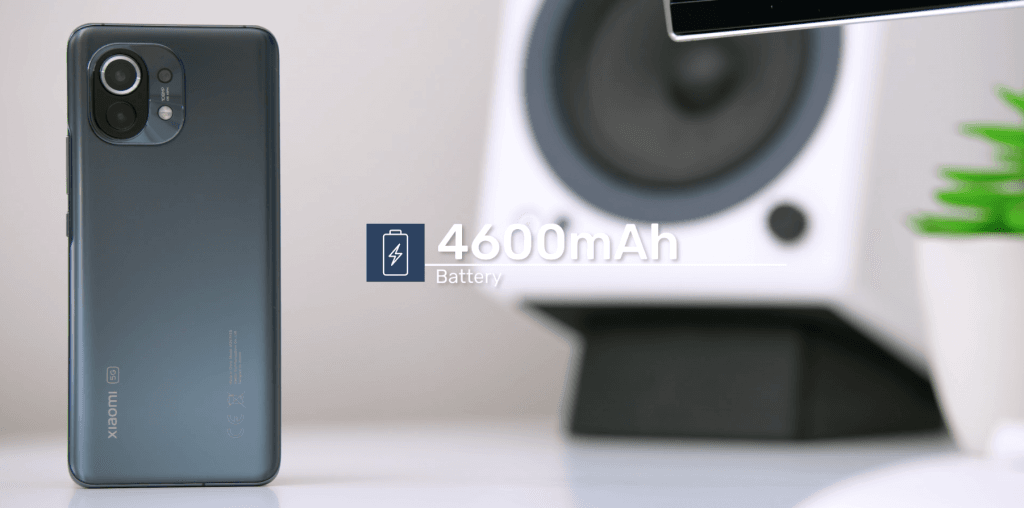
Gaming
In terms of gaming, there were no issues at all during gameplay as expected. PubG Mobile ran smoothly at Graphics at HD and frame rate to high and playing Asphalt 9 was great especially the sound experience through the stereo speakers and the phone did not heat up at all even during very long gameplay so that was great to know.
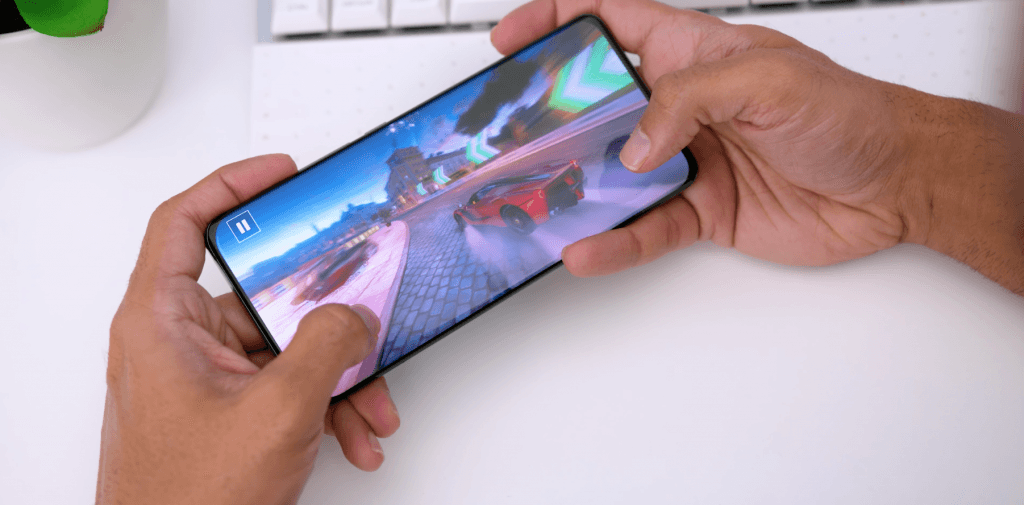
Conclusion
Overall, the Xiaomi Mi 11 surely gives smartphones users yet another appealing choice and based on me reviewing many of their smartphones. I always had the confidence when it comes to Xiaomi’s Mi series’. With the vast improvements on the screen quality, the audio and most importantly the camera features, it is a smartphone that I would truly recommend.
The phone’s price in Malaysia the Xiaomi Mi 11 starts at a price of RM2,799 for the 8GB RAM + 128GB variant and RM2,999 for the higher 256GB storage variant.
[easy-image-collage id=1971]




